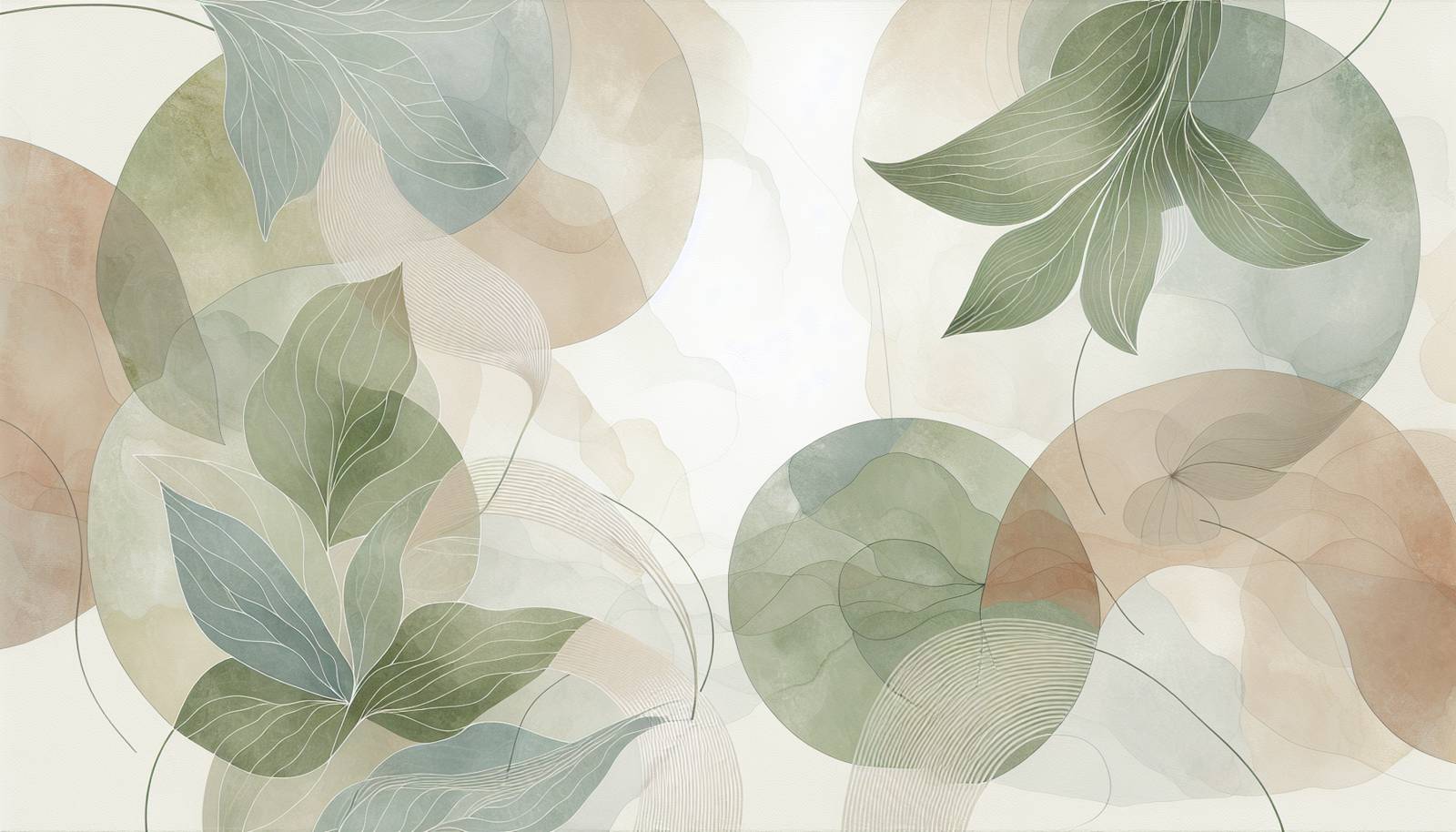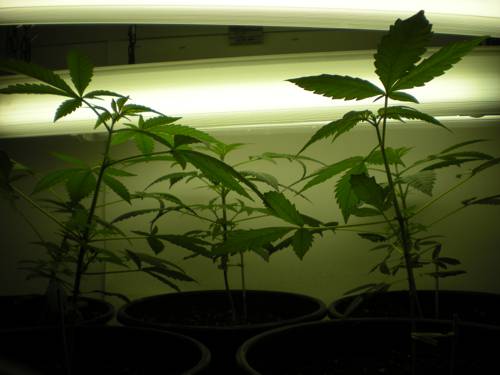
FAQ About Indoor Plant Photoperiod Management

What is photoperiod management for indoor plants?
Photoperiod management refers to the control of light and darkness cycles to optimize the growth and development of indoor plants. This involves mimicking natural day/night cycles using artificial lighting to ensure that plants receive the appropriate amount of light necessary for their physiological processes, including photosynthesis, flowering, and dormancy.

Why is the photoperiod important for indoor plants?
The photoperiod is crucial for indoor plants because it influences various growth and development processes. Different species have specific light requirements for photosynthesis, flowering, and other physiological functions. Managing the photoperiod can help ensure these processes occur under optimal conditions, leading to healthier plants and improved yields.

How can artificial light mimic natural daylight for indoor plants?
Artificial light can mimic natural daylight by using specific types of light bulbs that emit the full spectrum of light similar to sunlight. LED grow lights, fluorescent lights, and some incandescent bulbs can be used to replicate sunlight. Additionally, setting up timers to control the duration and intensity of light exposure helps simulate natural day/night cycles.

What types of artificial lights are best for indoor plant photoperiod management?
LED grow lights are considered one of the best options for indoor plant photoperiod management due to their energy efficiency, customizable light spectrum, and longevity. Fluorescent lights are also popular, especially T5 and T8 versions, for their balanced spectrum and cost-effectiveness. It's important to choose lights that provide the necessary spectrum for the particular plant species you are growing.

Can incorrect photoperiods harm indoor plants?
Yes, incorrect photoperiods can harm indoor plants by disrupting their natural growth cycles. This can lead to issues such as stunted growth, failure to flower, or premature flowering. Ensuring that plants receive the correct duration and intensity of light can prevent these negative impacts and promote healthy development.

How do photoperiods affect the flowering of indoor plants?
Photoperiods affect flowering by influencing the plant's internal clock that triggers flowering processes. Some plants, known as short-day plants, require longer nights to initiate flowering, while others, known as long-day plants, require shorter nights. Adjusting the light exposure duration can encourage flowering at desired times.

Do all indoor plants require the same photoperiod to thrive?
No, not all indoor plants require the same photoperiod. Different species have varied requirements based on their native habitats. For example, some tropical plants might need a consistent 12-hour light cycle, while temperate plants might thrive with longer or shorter daylight periods. Understanding the specific needs of each plant species is essential for effective photoperiod management.

What is the role of timers in photoperiod management for indoor plants?
Timers play a crucial role in photoperiod management by automating the on/off cycles of lighting systems. This ensures consistent light exposure, which helps maintain the desired light/dark periods necessary for the optimal growth and development of plants. Timers eliminate the need for manual intervention and help prevent errors in light scheduling.

How does photoperiod management impact indoor plant growth?
Photoperiod management impacts plant growth by ensuring that plants receive the correct amount and quality of light, which is vital for photosynthesis and other physiological processes. Proper management can lead to robust growth, improved flowering, and increased resilience against pests and diseases.

Can photoperiod manipulation be used to control pests in indoor plants?
While photoperiod manipulation is not directly used to control pests, healthy plants resulting from proper light management are generally more resilient to pests and diseases. A well-balanced light environment supports strong growth and natural defenses, making plants less susceptible to infestations.

What are long-day and short-day plants in the context of photoperiod management?
Long-day and short-day plants refer to classifications based on their flowering response to light cycles. Long-day plants flower when daylight exceeds a certain duration, typically requiring 12 or more hours of light. Conversely, short-day plants flower when the daylight falls below a specific threshold, typically thriving with 10 to 12 hours of light or less.

How do indoor light levels compare to outdoor sunlight for plant growth?
Indoor light levels are generally lower than outdoor sunlight, which can affect plant growth if not properly managed. Sunlight provides a full spectrum and intensity that many artificial lights try to replicate. It's essential to choose quality grow lights and position them appropriately to mimic outdoor conditions as closely as possible for optimal plant health.

What are the consequences of excessive light exposure for indoor plants?
Excessive light exposure can lead to several problems for indoor plants, including leaf burn, dehydration, and disruption of natural growth cycles. Overexposure can also inhibit flowering and weaken the plant's structural integrity. It is important to adjust light intensity and duration to meet the specific needs of each plant.

How can I determine the right photoperiod for my indoor plants?
To determine the right photoperiod, research the specific requirements of each plant species you are growing. Information can usually be found in plant care guides or from credible online sources. Understanding their native environmental conditions provides insight into the optimal light duration and patterns necessary for their growth.

What are photoblastic plants, and how do they respond to light?
Photoblastic plants refer to those that require light to germinate (positively photoblastic) or require darkness to germinate (negatively photoblastic). Understanding their response to light is vital in ensuring correct seed germination and early plant development.

How do seasonal changes impact photoperiod management for indoor plants?
Seasonal changes impact natural light availability and quality, necessitating adjustments in artificial lighting for indoor plants. During shorter winter days, extra lighting might be needed, while long summer days might require less artificial light. Adapting light schedules helps accommodate these natural variations.

Is it possible to use natural light alone for indoor plant photoperiod management?
It is possible to use natural light alone for photoperiod management if enough sunlight is available and your plants are positioned to receive it adequately. However, supplemental artificial lighting is often needed in many indoor settings to ensure consistent light levels and durations, especially in rooms with limited sunlight access.

What is the impact of photoperiod management on plant nutrient uptake?
Proper photoperiod management can enhance plant nutrient uptake by stimulating vigorous growth and optimizing photosynthesis, which facilitate the efficient use of nutrients. This results in healthier plants that can better absorb and utilize nutrients from the soil or growing medium.

Can photoperiod management benefit all types of indoor plants, including succulents and cacti?
Yes, photoperiod management benefits all types of indoor plants, including succulents and cacti. These plants also have specific light requirements that need to be met to ensure their health and growth. Tailoring light exposure can prevent issues like etiolation (stretching) and promote proper physiological functions in these species.

How can I track and adjust photoperiods for optimal indoor plant growth?
Tracking and adjusting photoperiods can be done using light meters to measure indoor light levels and timers to control lighting schedules. Observing plant growth patterns and adjusting durations based on seasonal changes and plant responses also aid in effective photoperiod management. Consistent monitoring and adjustments as needed help achieve optimal growth conditions.
